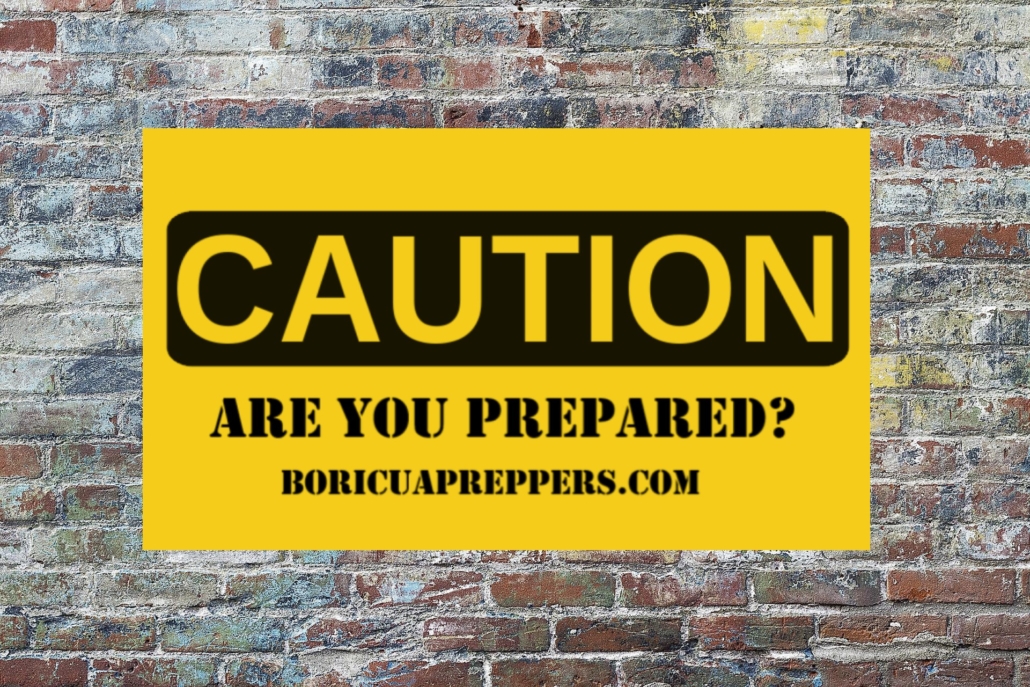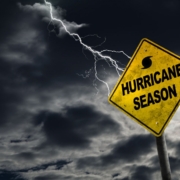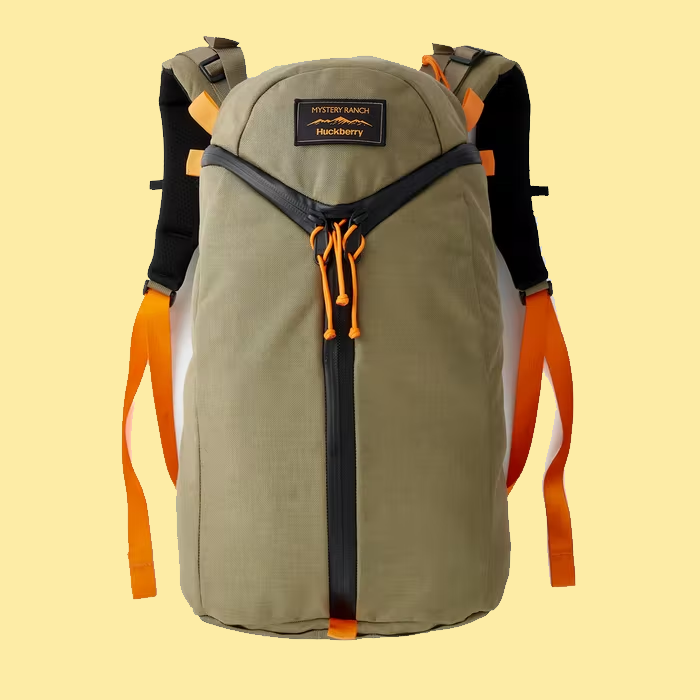Home Preparedness...Be Ready!
Home preparedness is the practice of being ready for any emergency or disaster in one’s home. The aim is to ensure the safety and well-being of oneself and family members. This involves having a plan in place for various scenarios, such as power outages, natural disasters, or medical emergencies.
It is essential to have emergency supplies such as non-perishable food, water, first-aid kit, flashlights, and batteries stored in a designated area. Home preparedness is crucial to ensuring the safety and security of oneself and family members and should not be overlooked.

You Need A New Mindset
Setting your mind on prepared mode requires a shift in mindset towards proactivity and anticipation of potential challenges or opportunities. This can be done by cultivating awareness and mindfulness, regularly checking in with your goals and priorities, and staying updated with relevant information and trends.
It also involves building your skills and knowledge, seeking out resources and tools that can assist you in achieving your objectives and developing a flexible and adaptable approach to problem-solving and decision-making. By staying on top of things and being proactive, you’ll be better equipped to deal with the unexpected and make the most of any opportunities that come your way.
Ultimately, the prepared mindset is all about being ready and willing to take on whatever challenges and opportunities may lie ahead and having the confidence to do so effectively and efficiently.
The Necessary Skills
Home preparedness skills are critical in helping individuals cope with the unexpected. These skills encompass a broad range of techniques that enable individuals to anticipate and efficiently plan for potential disasters or emergencies that may arise in their homes or communities.
One of the most fundamental aspects of preparedness is having a well-stocked emergency bag or Bug-out bag. The Bug-out bag (BOB) should have non-perishable food, water, first aid supplies, medication, and hygiene items.
Additionally, basic survival skills are crucial, such as knowing how to start a fire, purify water, and navigate without technology, among others. It’s essential to learn other critical skills, such as shutting off utilities, securing the home against potential threats, and communicating with emergency services. When emergencies occur, being prepared saves lives and minimizes severe damage or loss. Educating family members on these skills is important, so that everyone can work together and support each other during a crisis.

Plan Ahead
Disasters can strike anytime, anywhere- often without warning. Therefore, being well-prepared to face any eventualities in your home can help you avert a potential disaster or, at the very least, minimize or contain its impact.
- It is imperative to create a disaster kit containing essential items such as water, non-perishable food, a first aid kit, flashlights, and batteries, among other things.
- In addition to having a disaster kit, make an evacuation plan with your family to ensure everyone knows what to do in case you need to leave home urgently. Be sure to map multiple evacuation routes and identify a meeting area for easy tracking.
- It is also crucial to store important documents such as passports, insurance policies, and medical records in a secure, easily accessible place.
- Regularly inspecting and maintaining your home’s safety features, including smoke detectors and fire extinguishers, can help mitigate potential risks.
- Lastly, consider investing in a backup generator or an alternative power source such as solar power for emergencies.
These five preparatory steps can help you feel more confident and ensure your family’s safety.
Stay Home Or Bug-out?
In times of emergency, it is important to have a clear understanding of the two primary approaches to consider. Firstly, staying at home or “sheltering in place” is best suited for disasters that are localized and don’t necessitate immediate evacuation. Even so, it requires a sufficient amount of resources, such as food, water, medication, and first aid supplies, to last until the disaster passes. Additionally, one needs to have basic communication means, such as radios or cell phones. This approach provides a sense of security, familiar surroundings, and access to resources in times of urgent need.
Secondly, bug-out or evacuation is the recommended approach when immediate evacuation is necessary, such as with hurricanes, wildfires, or floods. And when evacuating, it is important to have a pre-established plan, packed emergency kits, and supplies. Timing is crucial, and one should evacuate as early as possible to avoid traffic congestion. Identification of shelters prior to leaving is also fundamental. In any case, always stay informed and plan ahead for disasters.
Look For The Warnings
Home preparedness is a crucial aspect of staying safe and secure, and it is important to pay careful attention to the warnings provided during this time. To ensure the safety of yourself and your loved ones, it is essential that you follow all instructions and guidance provided by official sources such as government agencies or emergency services. Remember that ignoring these important warnings could potentially put your life or the lives of others at risk.
Another crucial aspect of home preparedness is to regularly check and maintain any emergency supplies or equipment that you have in your home. This includes everything from batteries and flashlights, to first aid kits and other essential items. By taking the time to check and maintain these items, you can help ensure that they are in good working order when needed.
Be aware of any potential hazards in your home, such as gas leaks or electrical faults, and take measures to address them as soon as possible. This could involve contacting a qualified professional to conduct an inspection and make any necessary repairs.
Finally, it is essential that you have a clear evacuation plan in place and that you practice it regularly with your family or household members. This will ensure that everyone knows what to do in the event of an emergency and can help minimize the risk of injury or other adverse outcomes.
Trust Your Skills And Be Calm
During a critical moment, individuals may find themselves in the midst of confusion and commotion. It can be challenging to keep your bearings and react accordingly. However, it is crucial to remember that maintaining composure is vital. By staying calm, you can better trust your instincts and skills to guide you out of harm’s way.
You can also refer to any training or preparedness plans you may have in place to navigate the situation effectively. Remembering the fallout of your decisions may affect those around you is crucial. That’s why it’s highly recommended to take a few deep breaths and remain composed.
It’s okay to ask for help. Emergency personnel or individuals with relevant experience are readily available to offer assistance. Having faith in your capabilities and remaining level-headed can make a massive difference if you find yourself amid a crisis.
Be Humble And Learn From Past Mistakes
Home preparedness is an important aspect that should not be taken lightly. Making mistakes can be costly and affect the security of your family. However, by learning from past mistakes, you can ensure that you are better prepared to handle any situation that may arise.
One way to go about it is by examining what went wrong in previous situations and figuring out how they could have been resolved differently. Did you run out of supplies, or did the communication among family members break down?
Once you identify these areas, you can create a well-thought-out plan to address them. This may include buying more supplies, starting a family communication plan, or investing in home security measures. Conducting regular practice drills could go a long way in helping everyone know what to do in an emergency.
By learning from past mistakes and enhancing your home preparedness measures, you can guarantee the safety and well-being of your loved ones, even amid a crisis.




